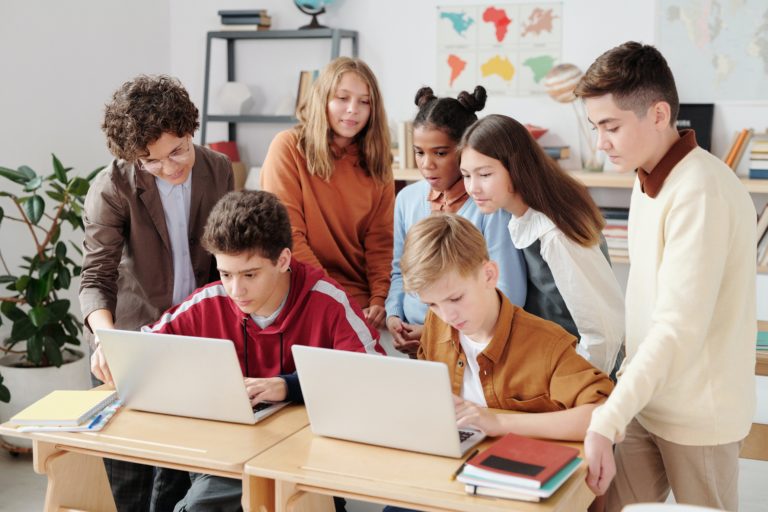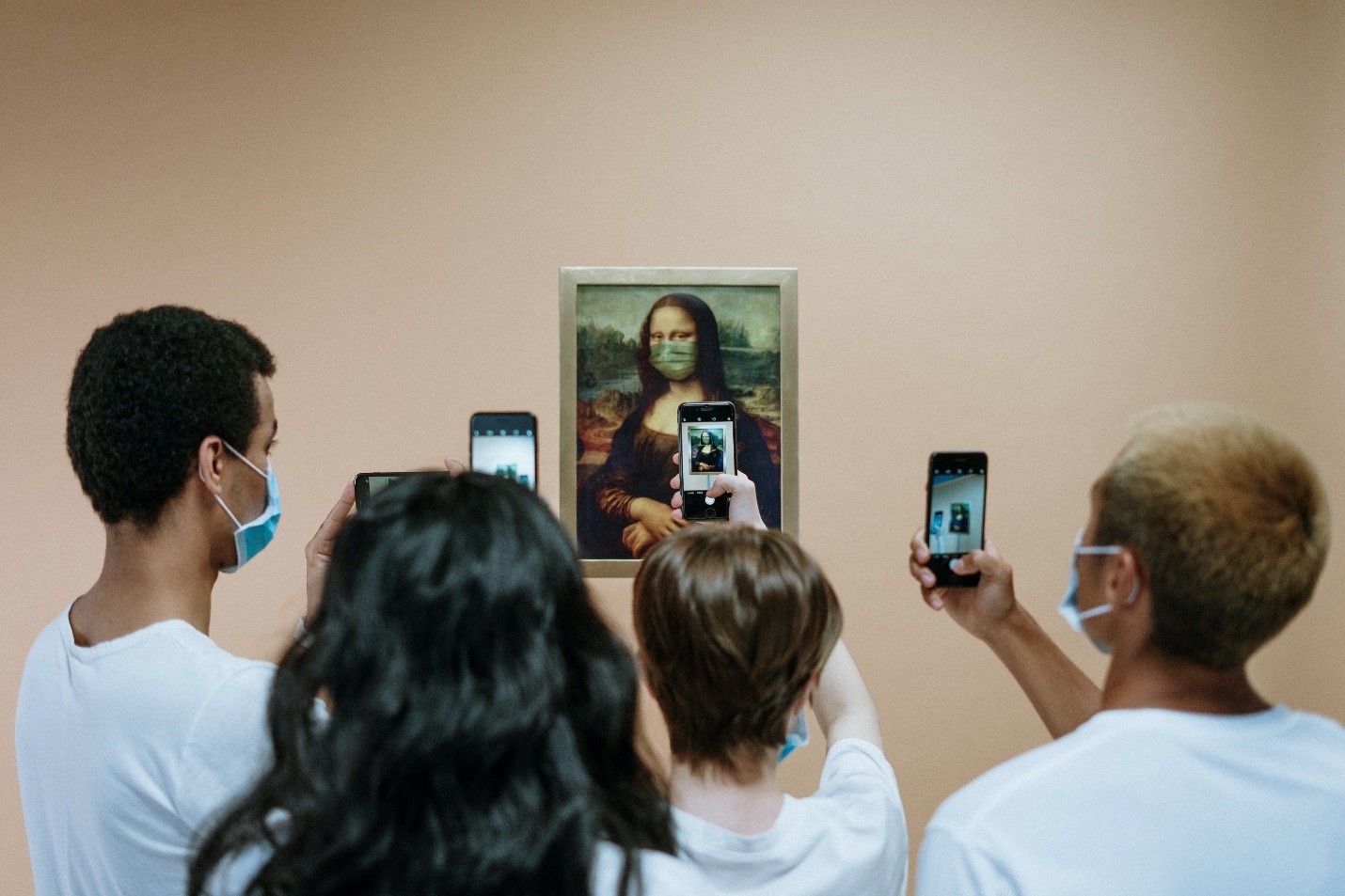As the school year has started under the shadow of a pandemic, teachers have found themselves struggling to carry out the same activities with their classes as before. In many instances, technology has managed to fill this gap by facilitating activities that can no longer be conducted in person.
One such activity that has taken on a virtual format is the organisation of educational visits to cultural and science centres, such as those to museums. Because of prohibited, infrequent and/or heavily regulated class visits, many museums have digitised their exhibits for schools and other interested visitors. However, the virtual tours offered by museums often lack the relevance and the structure of an academic plan that teachers are looking for in order to satisfy the demands of their curricula.
This is where the novelty of our VISITOR project comes in.
Through its 3 project results, VISITOR will use digital content from museums to meet the needs of teachers and their classes looking for relevant cultural/science activities. This will be done by creating a digital library of museum content, a gaming app that transports classes to virtual museum exhibitions of their own making, and a training course to support teachers with applying these solutions.
Why are VISITOR’s virtual museum activities a good fit for your curricula and student needs?
- Useful resources all in one place, categorised to your needs
One of the biggest drawbacks of existing museum visits is finding one source that contains all the resources you’d like to use for teaching. The digital library that will be created by this project will compile content from various museums into one easy-to-navigate web platform.
Besides providing a richness of digital content at your fingerprints, all content will be categorised according to different criteria (time periods, school subjects, country of origin, and others). The web platform will also contain a search functionality where you can input key words or categories you’re interested in, making the finding of resources as simple and quick as possible.
- A more personalised learning and teaching experience
VISITOR’s virtual museum activities will offer more than just freedom of choice, but flexibility of experience, too. This relates to both the digital library and the gaming app that will be developed. Customisation will come in many forms. Classes will be able to add already-available content from the digital library to the game, but also upload their own images. The uploading of digital content also allows for arranging and creating exhibitions to their liking. Students will be able to choose their avatars and the trajectory of their learning experience in the gaming app. Educators will be able to decide which pedagogical information is presented to students and the content of assessments.
This flexibility and personalisation means users won’t have to follow a curator’s layout and course as they would for existing museum tours.

Photo by Max Fischer from Pexels
3. Game-playing to reach learning objectives
With a gaming app in the works, the VISITOR project will allow students to navigate a 3D virtual museum space, making their way through several exhibition rooms and interacting with digital content. The end goal will be to complete assignments in order to be rewarded by the game. The engaging nature of the game transforms the necessary task of evaluating students’ knowledge into a quest for students to complete.
The game will also avoid the drawbacks of museum tours which reduce students to passive observers of content. Instead, students will be put in the driver’s seat of the learning experience by interacting with the content and working towards a goal.
4. Activities made accessible for students with diverse needs
Despite the variety of museum tours offered today, many cannot ensure that students of diverse learning needs and backgrounds will be able to engage with their content. VISITOR’s virtual museum activities will prioritise inclusion and accessibility. All resources and tools will be free to use for classes. In addition, the results of this project will be created with the needs of students with Specific Learning Disorders (SLD) in mind. This means that special attention will be paid to ensuring that these students respond well to the design, navigation and content choices of the digital library and gaming app.
With these objectives in mind, our VISITOR project strives to show how virtual solutions can have tangible benefits for you and your class.
To follow the work of this project and the progress of its project results, check out our website: https://visitor-project.eu/

Website : visitor-project.eu/![]() Follow us on Facebook: @Logopsycom
Follow us on Facebook: @Logopsycom
#visitor-project #erasmusplusproject
Our partners in this project are: IDEC (Greece), The Open University (UK), Hellenic Open University (Greece) and Interactive 4D (France)

